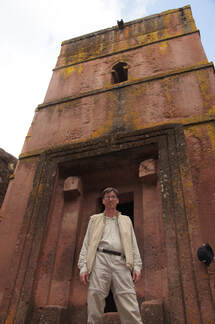 I found one of the more difficult things to write for the book is the back cover blurb. I thought I'd share the draft text of the back cover here. Let me know your thoughts. Does it catch your attention in the first sentence? Does it make you want to read the book? I'd love your feedback. Oh, and I now have an ISBN number... one step closer. Till next time, Greg In 2028, a mysterious group known as The Quantum Contingent has achieved true quantum computing capabilities. The Quantum Contingent have their sights set on achieving immortality for a select few that will chart humanity’s destiny. Jack and Sarah, sibling spies, race across the globe at a frenetic pace to stop this nefarious group and their anonymous Founder. Jack and Sarah are part of Quotient, a mysterious, independent, spy agency whose secret advantage is also quantum based. The Quantum Contingent takes place in exotic destinations around the globe and features real technologies, extrapolated for tomorrow, including cryptocurrency, drones, and SpaceX rocket ships. It is a techno-spy thriller for today with pop-culture references and even its own Spotify playlist, featuring a song for each chapter in the book. Greg spent his career in technology. He did a TedX talk on AI and has channeled his technology and global travel experiences into The Quantum Contingent. The cover is based on the church of St. George, one of the monolithic ‘rock churches’ in Lalibela, Ethiopia. Greg is shown here outside of this World Heritage site, which serves as a key location in the novel. See key location photos, technology blogs, and more at: www.simpsong00.com.
9 Comments
Hello friends, I continue to put the finishing touches on The Quantum Contingent. I looked back at how it has changed over the last few months. The easiest metric is word count. From a cover-to-cover perspective, the novel progressed as follows:
The novel takes place across 10 different countries. In the U.S. it covers 8 states, Washington DC, and Puerto Rico. I've tried hard to make the descriptions of each of these locations match the real locations. I used photos from my travels, as well as google maps to get layouts and movement through different areas factually correct. The descriptions of places like Ngorongoro Crater (featured in the photo at the top of my blog page) are accurate as well. One city that is described grew significantly between now and the timing of the novel, 2028, and that should be obvious to the reader. One interesting challenge was getting my characters from place to place during this globe-trotting spy thriller. I can only imagine the effort that goes into making a spy film! Similarly, I took real technologies and simply extrapolated their capabilities into the future. I touch on many technologies in the novel as outlined on my technology page. Surprisingly, some of the more difficult things to write are things like the blurb that goes on the back cover. Anyway, rest assured, the book is coming. I will make (or beat) my self-imposed deadline of one year post retirement (March 1st, 2022). Let me know if you'd like to know anything else about the process, or would appreciate a deep dive on any of the technologies. Until next time, Greg Some people have been surprised to hear that I have “beta” readers. Beta readers are not unlike software beta testers, They are early adopters who try your software/manuscript out and give you feedback on how they liked it. (They also point out errors!) I have about 25 beta readers and I’ve enjoyed getting their feedback. In fact, as a result of the feedback, in addition to many updates, I’ve added one more chapter! (and yes that means one more song on the playlist) Here’s a picture from where this chapter is based. Can you guess what country or the specific location this photo was taken?
Oh, and The Quantum Contingent playlist is now updated on Spotify at: https://spoti.fi/3CBPE06. I actually used one of the songs that was already in the playlist for the new chapter. (because the title of the song appeared in the new chapter!) So, used a new song for the old chapter I stole the song from! The new song’s title has also been incorporated into the old chapter. The new song is Adventure of a Lifetime, by Coldplay. Can you guess what song that was already on the playlist is now associated with the new chapter? Talk soon! Greg I listened to a First Line Frenzy stream today by @RFaithEditorial in conjunction with Reedsy. In first line frenzy, an editor, Rebecca Faith, quickly critiques the opening line in a long list of novels, It's an interesting way to pick up some good tips to consider when working on your book. Anyway, I thought I'd try it with you, my blog audience. Here's the opening line to The Quantum Contingent:
Thud! The wood beside Jack’s ear splintered as the carbon blade dug into the old willow tree next to him. In a split second, Jack swiveled, crouched, and launched himself across the lane like a mountain lion bounding after its prey. Frenzy away! You are the editor. Give me your critique in the comments or on twitter/linkedin or wherever you saw this blog post! Thanks and talk to you next week! Greg I am back from vacation. I took a week off from the blog last week and am now rejuvenated and ready to push this book across the finish line. I have about twenty beta readers reading my draft manuscript and continue to make edits and updates. I was just adding some additional detail about rockets to the novel, so I thought I'd talk about some of the SpaceX technology referenced in the book. Remember, all technology is advanced by about seven years in the book, but it is also based on reality. I sometimes wonder if I am too conservative with my estimates. I feel a need to get the book out before the advances I articulate in technology are already here. The rate of change of new technology continues to accelerate!
The Quantum Contingent features many SpaceX advancements including Falcon rockets, the Dragon capsule, and even the upcoming StarHopper rocket ship and its deep sea landing platform, Phobos. If you follow SpaceX, you’ve been treated to some amazing videos of their launches, their landings and even some dramatic exploding failures, all in the name of rapidly advancing the state of the art. Reusable rockets dramatically reduce the cost of space travel. Elon Musk views SpaceX as a chance to make humans a multi-planetary species by building colonies on Mars and in order to succeed, you need to be able to reuse rockets, and produce them in mass quantities. SpaceX has demonstrated reusability with the Falcon 9 and are now producing Raptor rocket engines at the rate of about one every two days! The Starship will use twenty-nine rocket engines, and be fully reusable. Starship is huge. It is ~390 feet tall, and designed to carry up to 100 people. It is taller than the Saturn V rocket that took US astronauts to the moon. (The Saturn V is ~363 feet tall). SpaceX has also purchased two deep water oil platforms to repurpose as StarShip launch and landing platforms. The platforms are fully operational in The Quantum Contingent. They should be ready next year. en.wikipedia.org/wiki/SpaceX_Starship_offshore_platform Of course, SpaceX already has "drone" barges that serve as autonomous landing platforms for the Falcon 9 rocket. One thing that is hard to grasp from the pictures and videos of the Falcon landing is its scale. Even though the Falcon 9 is not has tall as the Starship, it is no small rocket, standing at ~290 feet tall! I try to keep the science accurate as I project it into the future, so you'll see sizes and descriptions in the novel that are based on either today's reality or future projections of today's realities. So, as you may have guessed by now, there are places in The Quantum Contingent that I haven't travelled to, outer space being one of them. So please join me on the journey and learn more about up and coming technologies from the comfort of my upcoming spy novel, The Quantum Contingent. Thanks for reading the blog, soon the book! Greg Have a great week... talk to you soon! (I took the picture below in Ngorongoro Crater, one of the locations in The Quantum Contingent)As it turns out, there is still a lot to do. Here's my short list:
Writing - Get feedback from beta readers - Get developmental editor feedback - Edit, Edit, Edit - Write the cover descriptive prose Administrative - ISBN - Copyright Artistic - Book Cover - Book Back - "ebook" Cover - Interior Formating Marketing - Get Prelaunch Reviews - Amazon page, keywords and metadata - Advertise - Get Marketing "Blurb" - Plan Launch Event - Request local book store event Publish - Proof Copy - Hardcopy Publish - eBook Publish - Audible? If you are thinking about writing a book, hopefully, this list will help! It would be nice to have it published for the holidays, so I'd better get to work! Greg I did a lot of editing this past week in preparation for the beta reader release. In fact, I added two chapters. One was entirely new, the other was more of a split of an earlier chapter into two chapters. You know what it means when I add chapters? More songs on The Quantum Contingent playlist. Check it out on Spotify here: https://spoti.fi/37BhlIV
If you are thinking about writing a book, one thing to be aware of is that every time you edit the book for content, you introduce the possibility of basic line/copy edit errors, poor style choices, and even continuity issues. So, when I edit for content, I usually end up doing a copy edit for grammar, a “read through” edit and an automated style edit after the fact to make sure I flushed out minor errors, didn’t introduce something that wasn’t consistent with the rest of the book, and actually added value to the book. (I’m not as rigorous on my blog posts, sorry!) This is one reason it is helpful to keep your book divided up into chapters or even scenes so you can do these recursive edits on smaller portions of your document at a time. I also played with a new tool this week called Sudowrite. Sudowrite is an AI writers' companion that helps provide descriptive prose and will even try to write the next paragraph of your novel based on the past paragraph using their “wormhole” command. It is one of the most advanced attempts at this type of tool that I’ve seen. I can see where some of the descriptive tools could be useful. Instead of just telling you to include descriptive words involving taste in a scene, it provides fully fleshed out examples specific to your writing. I don’t plan to add any additional AI generated content to my book at this point, but it will be interesting to see how this technology evolves. So far, humans are still winning this race, but the robots are getting smarter. (I did include one line of AI generated content as I mentioned in an earlier blog.) Now for a few fun photos from places in The Quantum Contingent… here are pictures of Cleveland, Captiva Island, Florida, Dorado Beach, Puerto Rico, Amsterdam, London, and Ireland. All are locations in The Quantum Contingent. The beta copy is releasing now! Have a great week! Greg Last week, I talked about bitcoin and tried to explain it in simple terms by comparing it to virtual gold. This week I continue that thread by talking about bitcoin mining. One of the parallels bitcoin has to gold is that it is ‘mined’, and there is a fixed amount of bitcoin available to be mined, just like there is a finite amount of gold on Planet Earth. When bitcoin is mined, the miners first validate bitcoin transactions and then they solve a complex mathematical problem. The first miner to solve the problem gets some bitcoin. In this way, the miners don’t just dig up bitcoin, but they also help make the bitcoin ledger work.
Just like with gold, if someone else finds it first, you are out of luck and must continue working to solve another problem. When the founder, Satoshi Makomoto, first established bitcoin as a digital currency, people began to offer to trade physical goods in exchange for this virtual currency. This gave bitcoin its first valuation. Essentially, things have value because we decide they have value. If someone is willing to trade a pizza for my virtual coin, then my virtual coin is valued at the market price of that pizza. The first “block” of bitcoin was ‘minted’ by the founder, but after that, all coins were ‘minted’ via the mining process. As demand for this currency grew, so did its value. As of this writing, 1 bitcoin is worth about $39,597. On May 22nd, 2010, a person agreed to trade 10,000 bitcoin for two delivered Papa John's pizzas, so that was the market value of bitcoin at the time… based on today’s valuation, that’s some very expensive pizza. There are several controls around the mining process. For example, the rate of bitcoin mining is reduced over time; it is cut in half every four years. In 2009, you received 50 bitcoin (BTC) for completing 1 block of mining. In 2020, you receive 6.25 BTC for the same work, Essentially, when you complete the mining process, a transaction is recorded on the bitcoin blockchain transferring newly minted bitcoin to you. Specialized computers have been created to be faster at mining, and these computers can use a lot of electricity. With the value of bitcoin at close to $40,000, many people are willing to pay for the power to run the computers to do the mining. Companies like Stronghold Digital mining are buying entire power plants to power their bitcoin mining operations. As I said, there is also a limit to the total number of bitcoin that can ever be mined. Based on current projections, it expected that all bitcoin will be mined by the year 2140*. For many, this seems almost “inconceivable!” (To quote Vizzini from the Princess Bride) but it’s true, people are using entire power plants to run specialized computers to solve a math problem and generate a virtual digital currency. What a crazy world! If you read The Quantum Contingent, you’ll meet an agent with the same name as the country that The Princess Bride is set in (Florin), and you’ll hear a few more Princess Bride quotes along the way. Speaking of the book, I received my professional editorial assessment back last week and am furiously working on updates based on the insightful feedback from my editor. I am also making many edits based on feedback from my daughter, who is serving as a developmental editor for me. (She had the idea for me to write a novel in the first place!) The good news is that I should be able to get a first pass of these edits in place quickly, so Beta Readers, your copy should be arriving in your email in a couple of weeks. I hope your weather is as nice as mine is now! Enjoy every moment, and stay healthy and safe, Greg * https://www.investopedia.com/tech/what-happens-bitcoin-after-21-million-mined/#bitcoin-mining-rewards I was at dinner with friends this week and they asked me to explain bitcoin or cryptocurrency in simple terms in 30 seconds or less. I wasn’t happy with my answer, so I thought I’d try again here. You see, cryptocurrency is a vexing concept for many because it is completely virtual. My 30 second answer is this… crypto is like virtual gold. Gold has value because it is scarce and people are willing to barter with you for it. It is also relatively easy to convert to conventional government-backed fiat currency.
Similar to gold, bitcoin has value because people are willing to trade you money, or goods and services in exchange for it. When the first block of bitcoin was ‘minted’, it was valued because someone was willing to trade something physical in return for the first cryptocurrency. One of the early transactions was exchanging bitcoin for pizza. This put the value of those bitcoin at the market value of the pizza that was provided. As demand grew for bitcoin, its value increased. This is simply the law of supply and demand. If more people want bitcoin than there is bitcoin available, then the bitcoin that is available is worth more! As I write this blog, the value of one bitcoin (BTC) is $39,400. (That’s one expensive pizza) Bitcoin is usually stored in a digital wallet. It is possible to print out the private and public keys of a bitcoin, but if that paper is lost or destroyed, there is no way to retrieve the bitcoin associated with that account. Think of the keys like your bank account number. Without it, you can’t access your funds. A ledger of all bitcoin transactions is stored in a decentralized network of computers on what is called a blockchain. The blockchain ledger confirms you have the bitcoin you are looking to exchange. You sometimes see news stories of someone losing access to their bitcoin. They have essentially lost their account number, and without it, no one can access it. Bitcoin offers an alternative to a central bank controlled fiat currency. One advantage is that it can act as a currency in almost any country in the world, and it can be sent to anyone, anywhere in the world, instantly and at very low or no cost. (Traditional currencies can be slow and costly to move across borders!) To date, bitcoin has often been more of a speculative investment than a currency because of its high volatility and limited acceptance, but it does have many other makings of a good currency. It is secure, scarce and highly divisible. (The smallest unit of a bitcoin is .00000001 bitcoin, or a Satoshi.) More and more businesses are starting to recognize bitcoin as a currency and this will help it become more useful as a currency instead of just an investment. How does more bitcoin come into existence? Bitcoin is “mined” like gold! My thirty seconds is up for today so I’ll cover mining in next week’s blog. If you’d like to learn more in the meantime, I’d recommend checking out the bitcoin articles @ Investopedia.com. (and yes, there is Cryptocurrency in my novel, The Quantum Contingent!) Talk soon! Greg |
The BlogGreg's blog will cover some of the things he learned as well as some of the tech and locations he used in his new novel, The Quantum Contingent. Archives
November 2023
Categories |
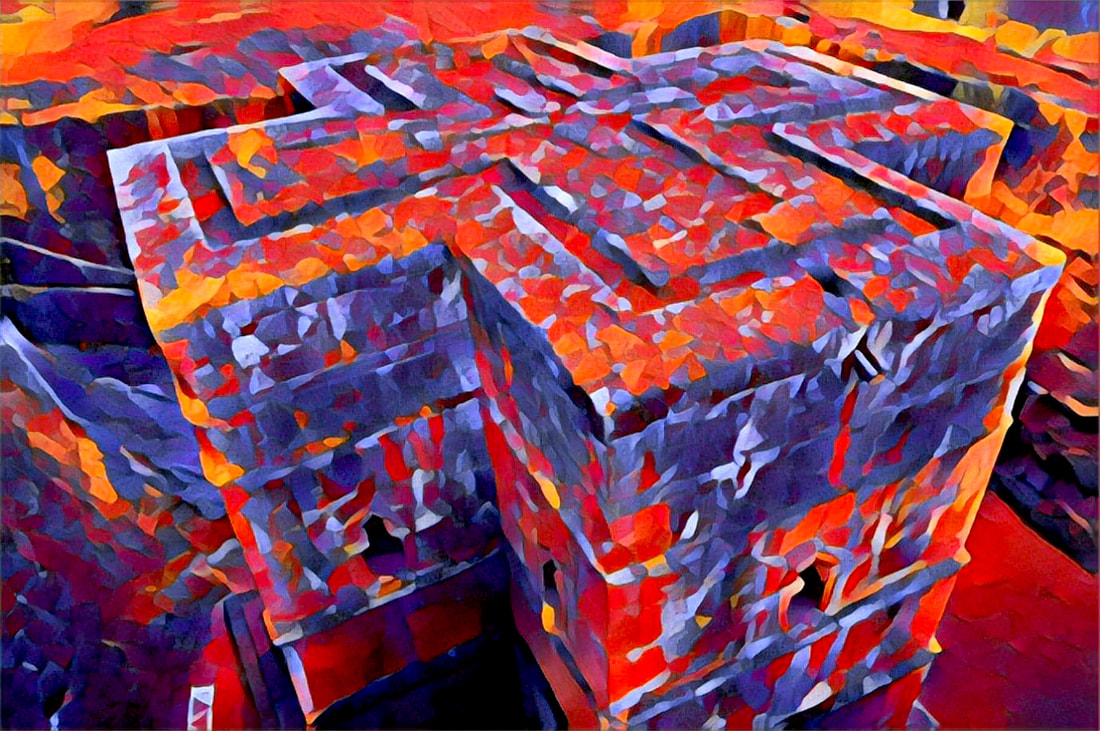
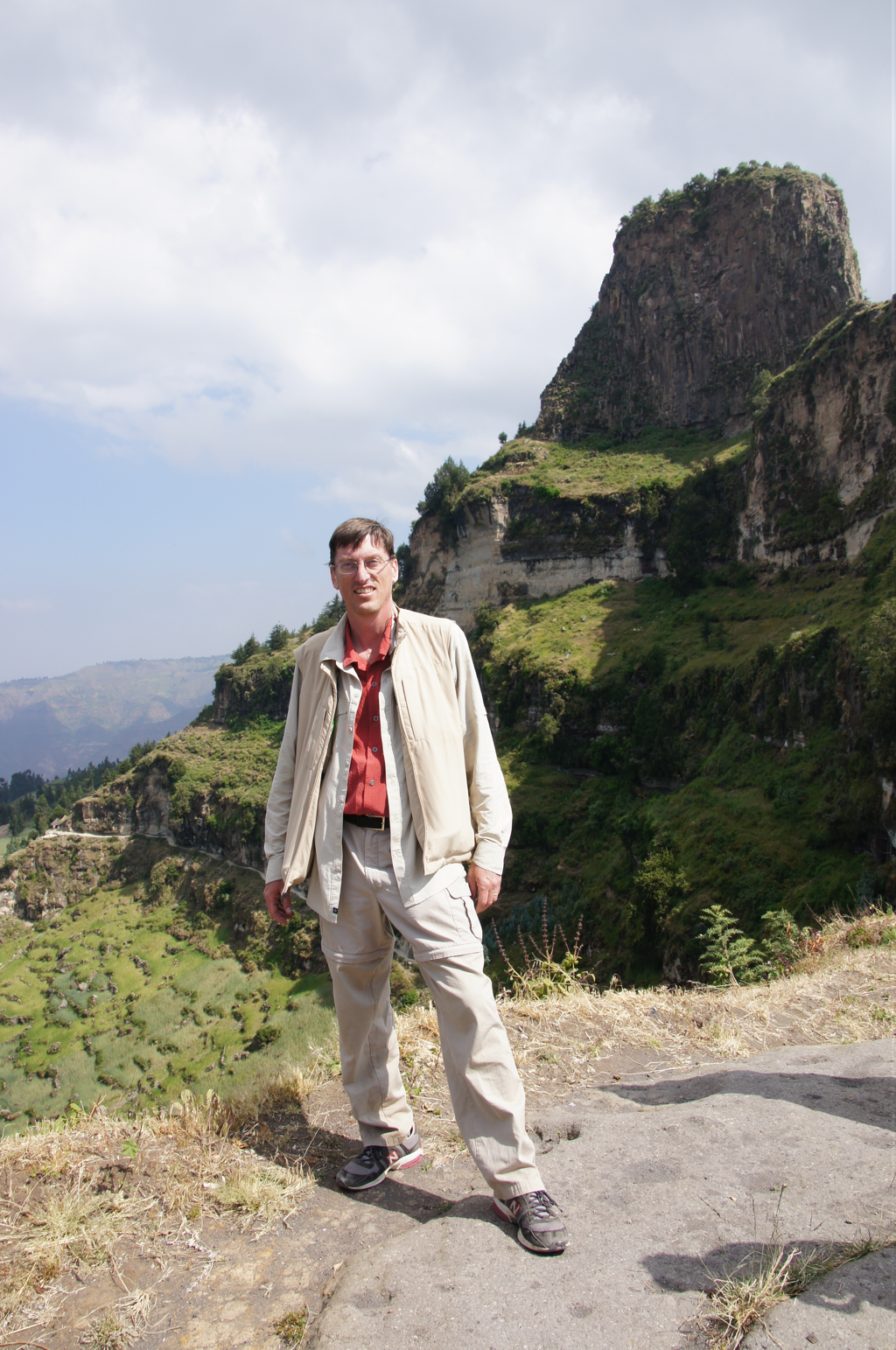
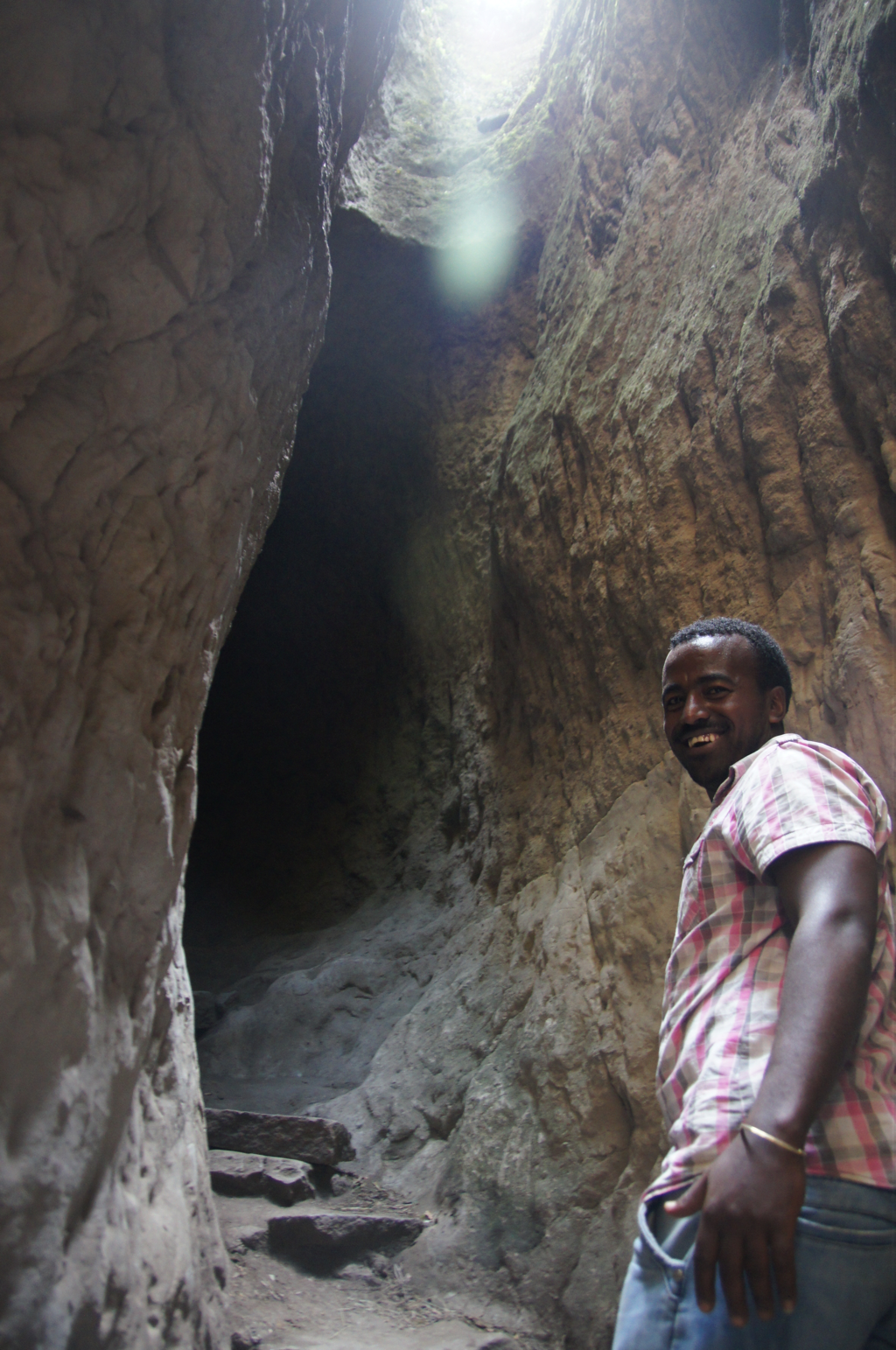
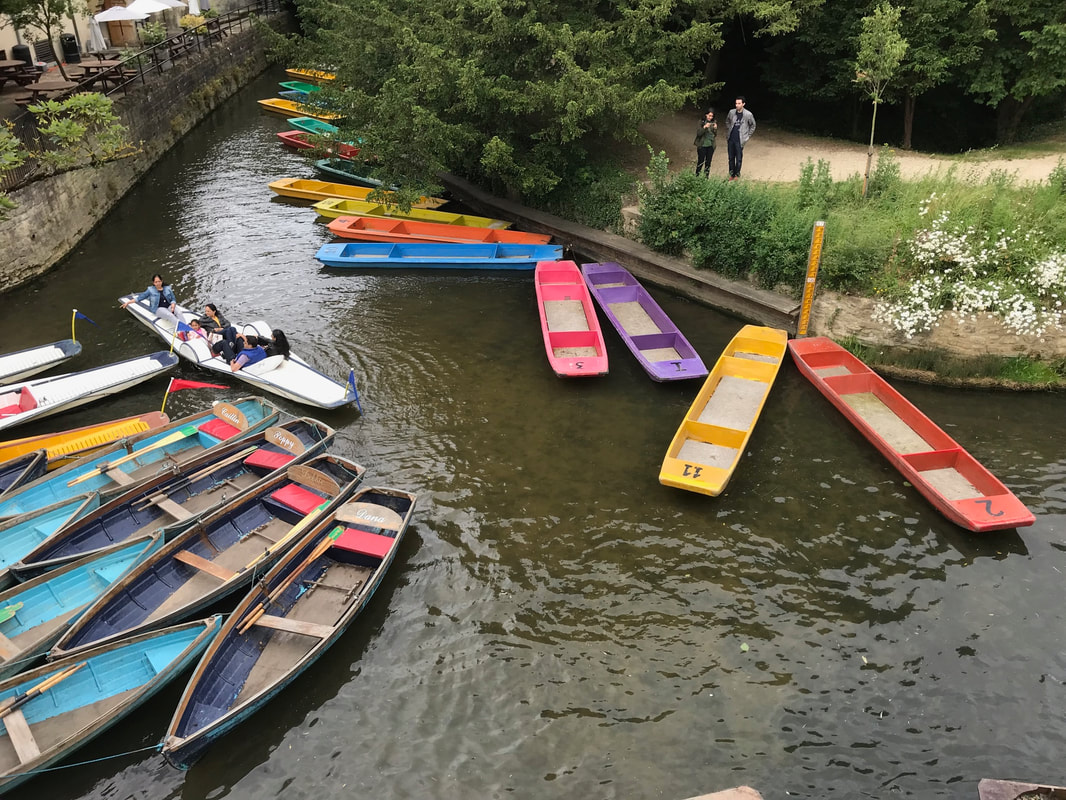
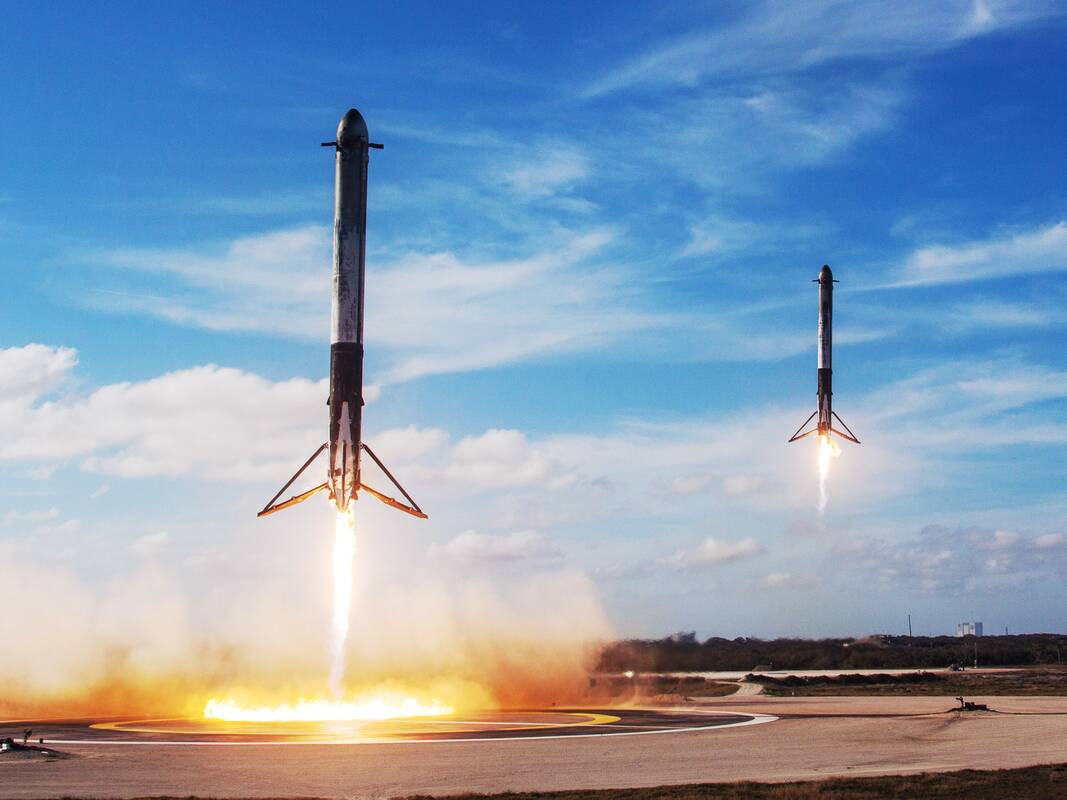
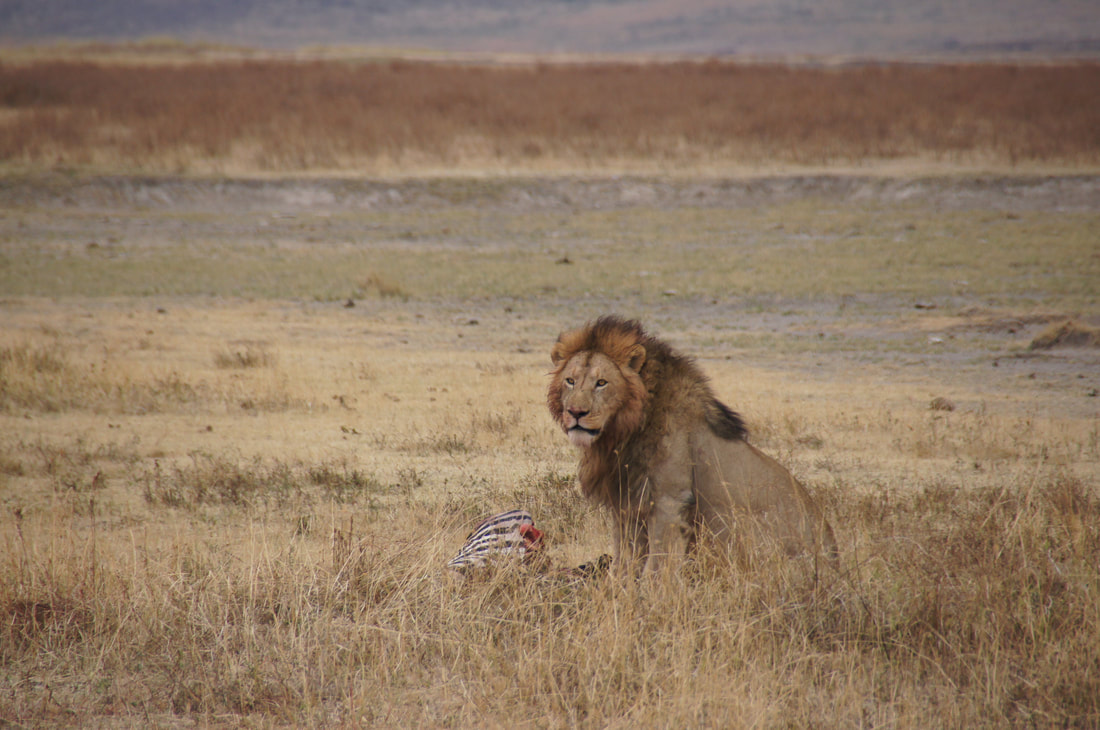

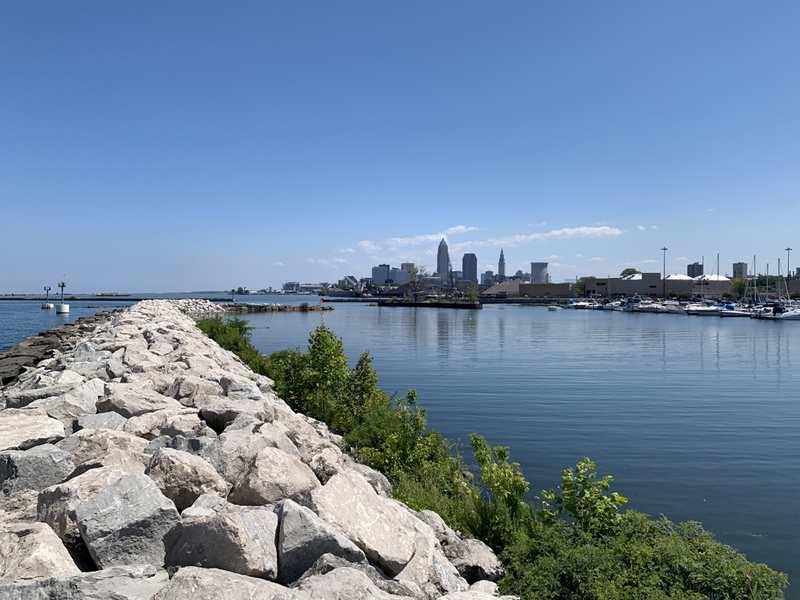
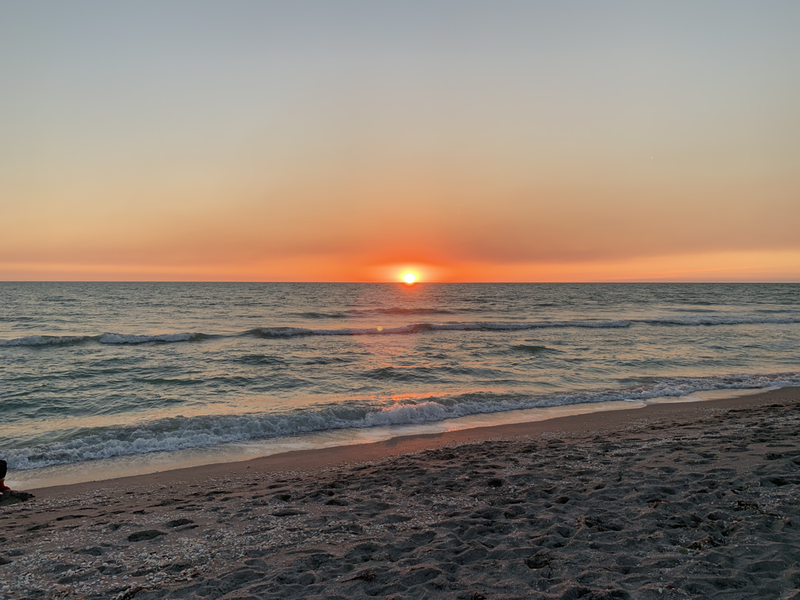
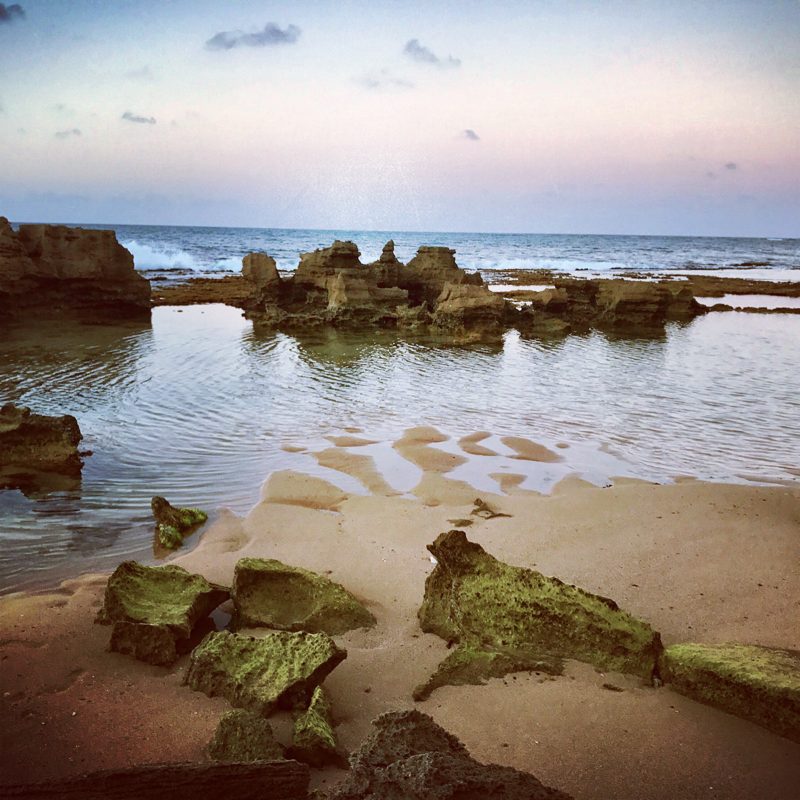
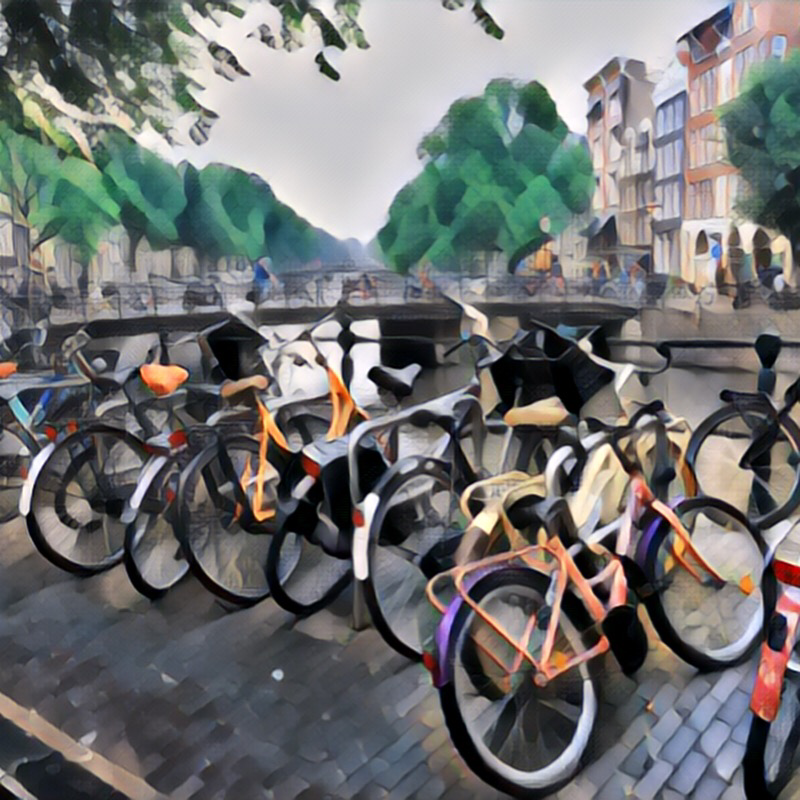
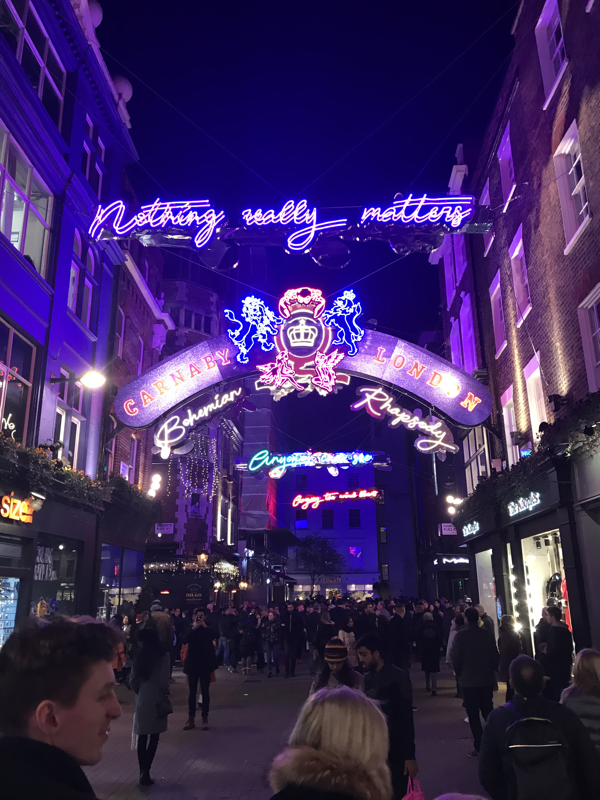
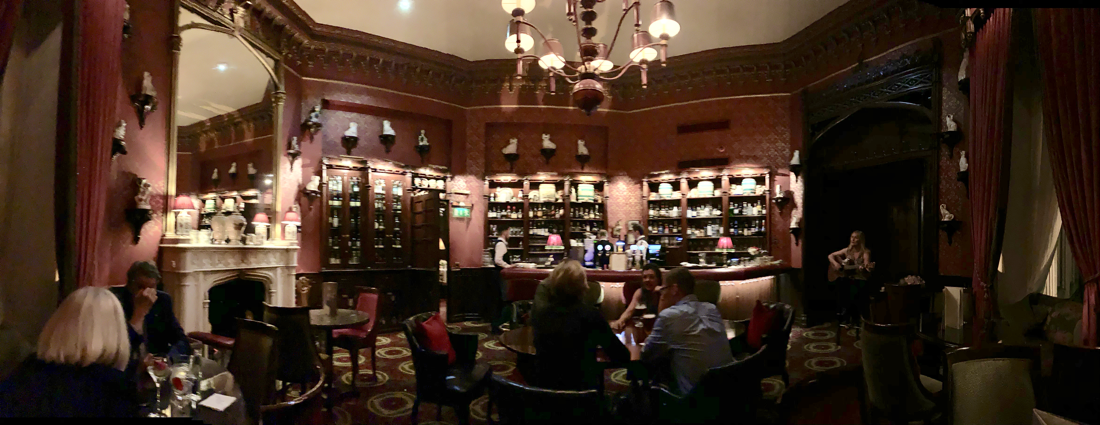
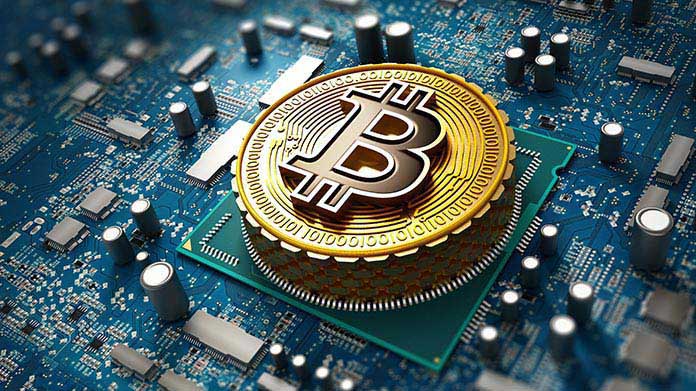
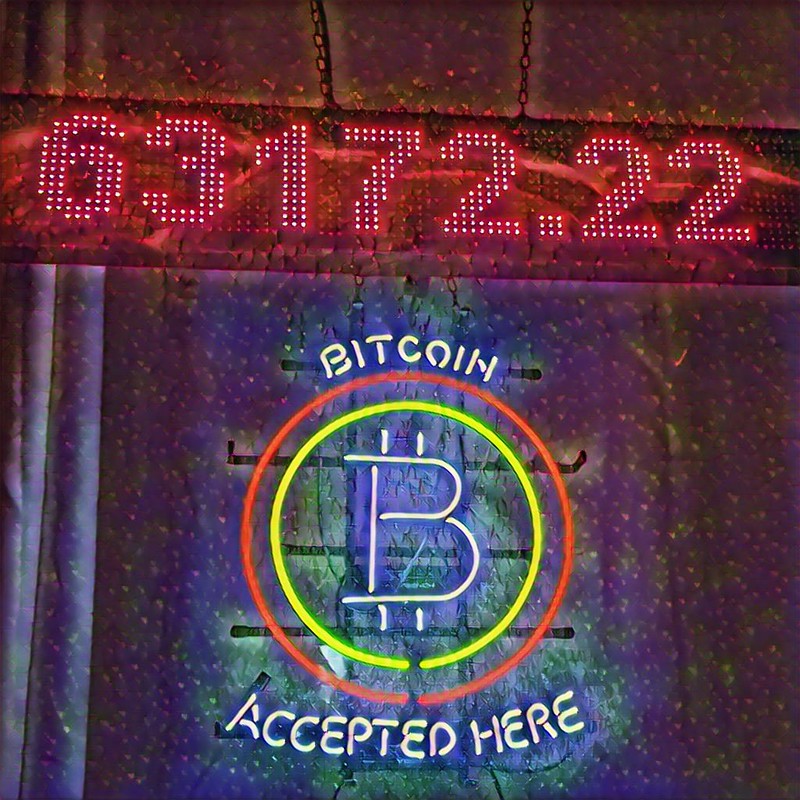
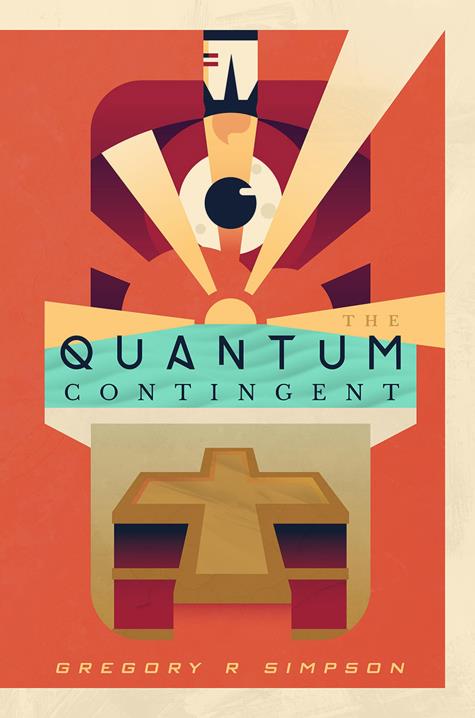
 RSS Feed
RSS Feed